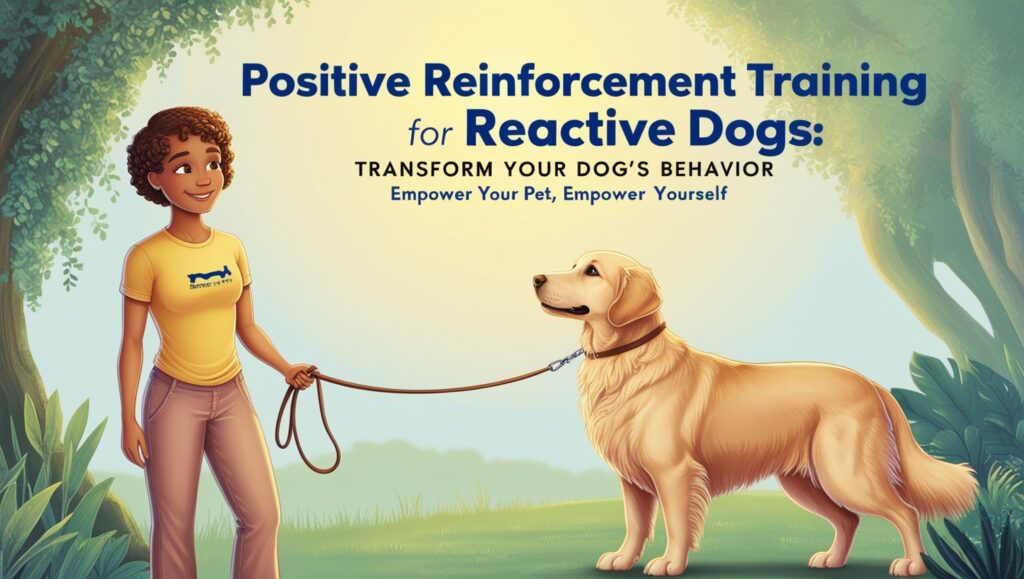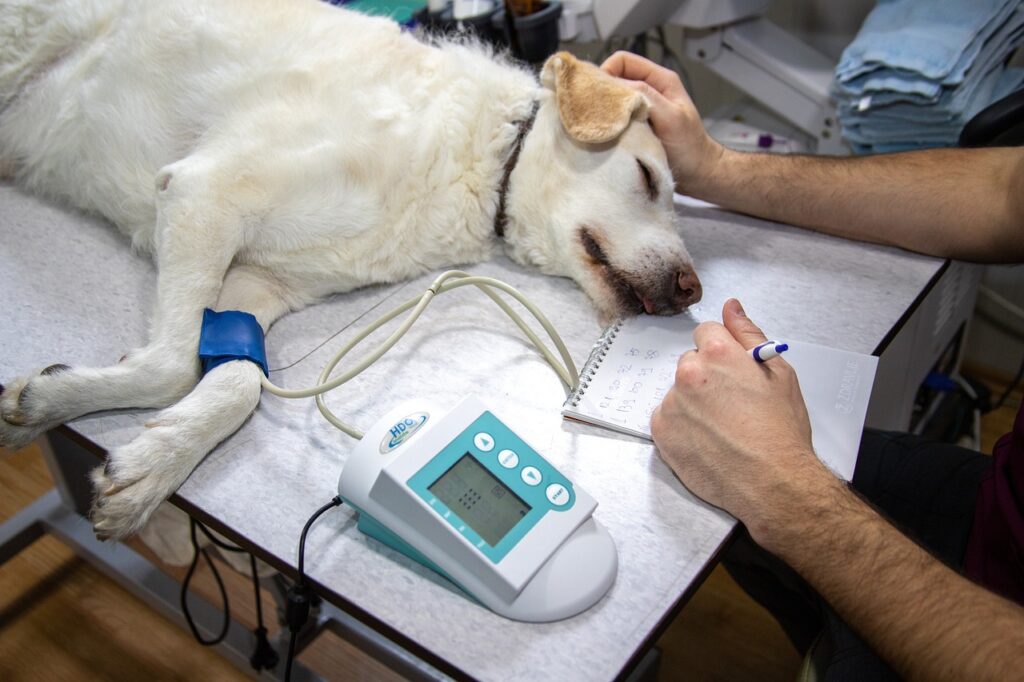Are you struggling with a reactive dog? Does your furry friend bark, lunge, or growl at other dogs, people, or objects during walks? You’re not alone. Many dog owners face these challenges, but there’s hope. Positive reinforcement training has proven to be an effective method for managing and reducing reactive behavior in dogs. In this comprehensive guide, we’ll explore how you can use positive reinforcement to help your reactive dog become calmer and more confident.
Understanding Dog Reactivity
Before diving into training techniques, it’s crucial to understand what reactivity in dogs means. Reactivity is an exaggerated response to certain stimuli, often stemming from fear, anxiety, or overexcitement. Common triggers include:
- Other dogs
- Strangers
- Loud noises
- Moving objects (cars, bicycles, skateboards)
Addressing reactivity is essential not only for your dog’s well-being but also for the safety of others and your peace of mind.
The Power of Positive Reinforcement in Dog Training
Positive reinforcement involves rewarding desired behaviors to encourage their repetition. This method is particularly effective for reactive dogs because it:
- Builds confidence
- Creates positive associations with triggers
- Strengthens the bond between you and your dog
- Reduces stress and anxiety
Unlike aversive methods that use punishment or force, positive reinforcement focuses on what your dog is doing right, making training a enjoyable experience for both of you.
Key Principles of Positive Reinforcement Training for Reactive Dogs
To successfully implement positive reinforcement training, keep these principles in mind:
- Timing and consistency: Reward desired behaviors immediately and consistently.
- Use high-value rewards: Choose treats your dog finds irresistible.
- Create positive associations: Pair triggers with good things.
- Practice patience and persistence: Progress may be slow, but consistent effort pays off.
Essential Techniques for Training Reactive Dogs
Desensitization and Counterconditioning
This technique involves gradually exposing your dog to their triggers at a low intensity while pairing the experience with something positive. For example, if your dog reacts to other dogs, start by showing them a dog at a distance where they remain calm, then reward them with treats.
Look and Dismiss Method
Teach your dog to look at their trigger briefly, then look back at you for a reward. This helps them learn that noticing triggers calmly leads to good things.
Engage-Disengage Game
This game builds on the Look and Dismiss method. When your dog looks at a trigger, mark the behavior (with a clicker or word like “yes”), then reward. As they improve, wait for them to look back at you after seeing the trigger before rewarding.
BAT (Behavior Adjustment Training) 2.0
Developed by Grisha Stewart, BAT allows dogs to learn social skills and gain confidence around their triggers. It involves carefully staged scenarios where dogs can choose to move away from triggers and are rewarded for calm behavior.
Step-by-Step Guide to Implementing Positive Reinforcement Training
- Identify triggers and thresholds: Observe what causes your dog to react and at what distance.
- Create a safe training environment: Start in a quiet, controlled space.
- Begin with basic obedience training: Strengthen your dog’s focus on you with simple commands.
- Gradually introduce triggers at a distance: Start far enough away that your dog notices but doesn’t react.
- Reward calm behavior and focus: Use high-value treats when your dog remains calm or looks to you.
- Slowly decrease distance to triggers: As your dog improves, gradually work closer to triggers.
- Practice in various environments: Once successful in one area, slowly introduce new locations.
Tools and Equipment for Positive Reinforcement Training
- Treat pouches for easy access to rewards
- Clickers or marker words for precise timing
- Harnesses or head halters for better control
- Long leashes for distance work
Common Challenges and How to Overcome Them
- Setbacks and regression: Normal part of the process. Stay consistent and return to easier scenarios if needed.
- Inconsistent progress: Dogs may improve in some situations faster than others. Celebrate small victories.
- Managing your own emotions: Stay calm and positive. Your dog can sense your stress.
Success Stories: Real-Life Examples of Positive Reinforcement Training
Many dogs have shown remarkable improvement with positive reinforcement. For instance, Max, a German Shepherd who used to lunge at other dogs, now calmly walks past them after six months of consistent training. His owner, Sarah, says, “Positive reinforcement has not only changed Max’s behavior but has also strengthened our bond.”
When to Seek Professional Help
If you’re feeling overwhelmed or not seeing progress, consider working with a professional positive reinforcement trainer. Look for certifications from reputable organizations and ask about their experience with reactive dogs.
Conclusion
Positive reinforcement training offers a humane, effective approach to managing reactive behavior in dogs. By focusing on rewarding good behavior and creating positive associations, you can help your dog become more confident and relaxed in challenging situations. Remember, every dog is unique, and progress takes time. Stay patient, consistent, and celebrate small victories along the way.
FAQs
- How long does it take to see results with positive reinforcement training?
Every dog is different, but many owners see improvements within a few weeks to a few months of consistent training. - Can positive reinforcement work for all types of reactivity?
Yes, positive reinforcement can be effective for various types of reactivity, though severe cases may require professional guidance. - Is it ever too late to start positive reinforcement training for a reactive dog?
No, it’s never too late. Dogs of all ages can benefit from positive reinforcement training. - How often should I train my reactive dog?
Short, frequent sessions (5-10 minutes, 2-3 times daily) are often more effective than longer, less frequent sessions. - Can I use positive reinforcement alongside other training methods?
While positive reinforcement can be very effective on its own, consult with a professional trainer if you’re considering combining methods.



